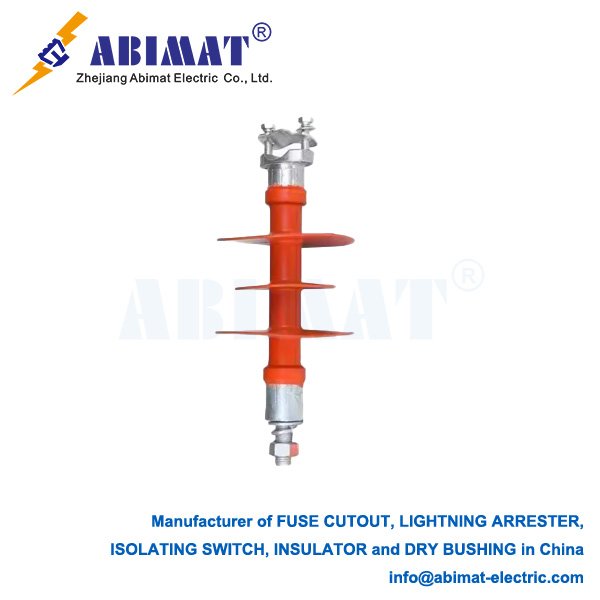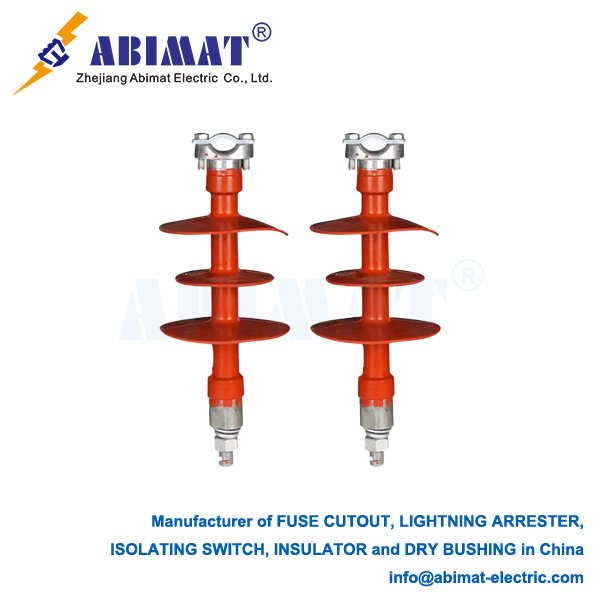Composite Line Post Insulators: A Modern Power Grid Essential
Composite line post insulators are key parts in electrical transmission and distribution systems. They hold up live power lines and keep them electrically separate from grounded structures, like utility poles or towers. They are different from traditional porcelain or glass insulators. They are made with advanced polymer materials, and this gives them big advantages in perfor

A composite line post insulator has two main parts:
- Core: It is a load-bearing rod. It is made of fiber-reinforced polymer (FRP). This core has great mechanical strength. It can support the weight and tension of the conductors.
- Housing and Sheds: There is a protective housing and external sheds (these are the “skirts”). They are made from silicone rubber or EPDM rubber. This housing keeps the core safe from the environment. It also gives a hydrophobic (water-repelling) surface.
This design has key advantages:
- Lightweight: Composites are much lighter than porcelain. This makes them easier to handle and install. It also reduces the structural load on poles.
- High Strength-to-Weight Ratio: They have better mechanical strength. This lets them resist mechanical loads well. It also helps them stand up to vandalism.
- Superior Pollution Performance: The hydrophobic surface makes water form beads and roll off. This stops a continuous conductive water film from forming. Even in dirty or coastal areas, it keeps leakage current low and prevents flashover.
- Impact Resistance: The polymer housing is stronger against shocks. It can handle damage from impacts—like those during transport, installation, or from flying debris—better than brittle porcelain.
In short, abimat composite line post insulators make electrical networks more reliable, safer, and more cost-effective. They are light, tough, and work well in polluted conditions. That is why they have become the top choice for modern utility uses all over the world.


